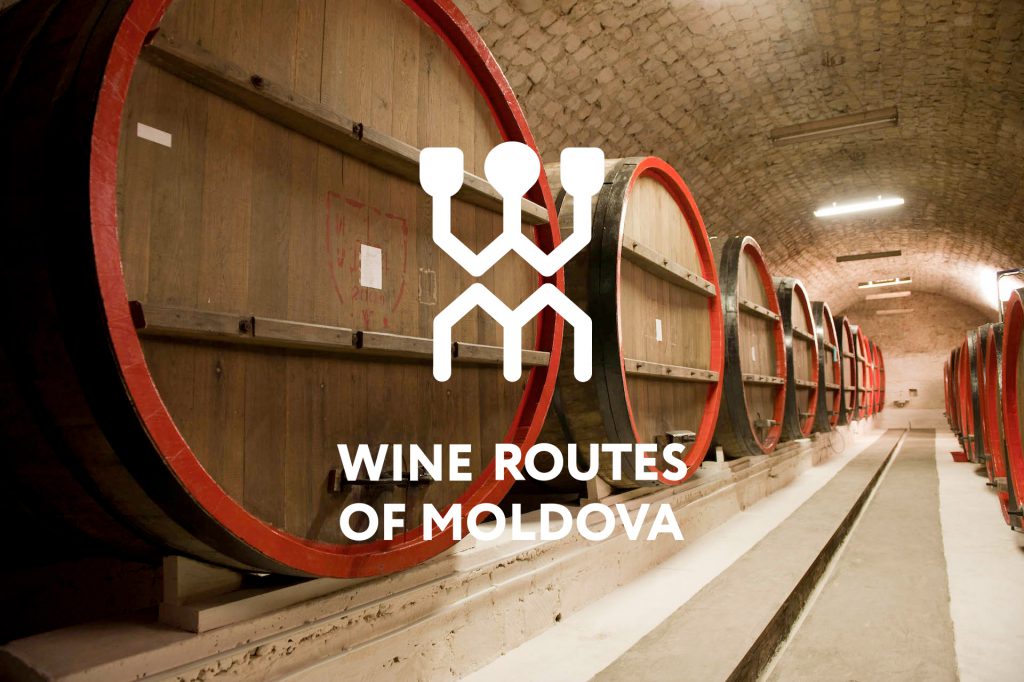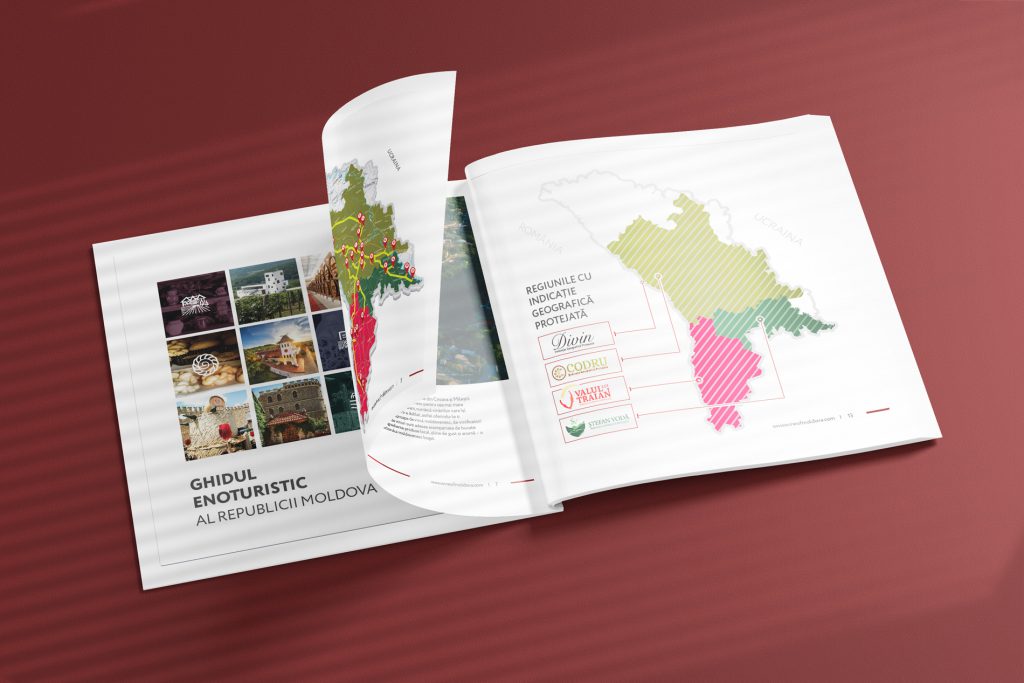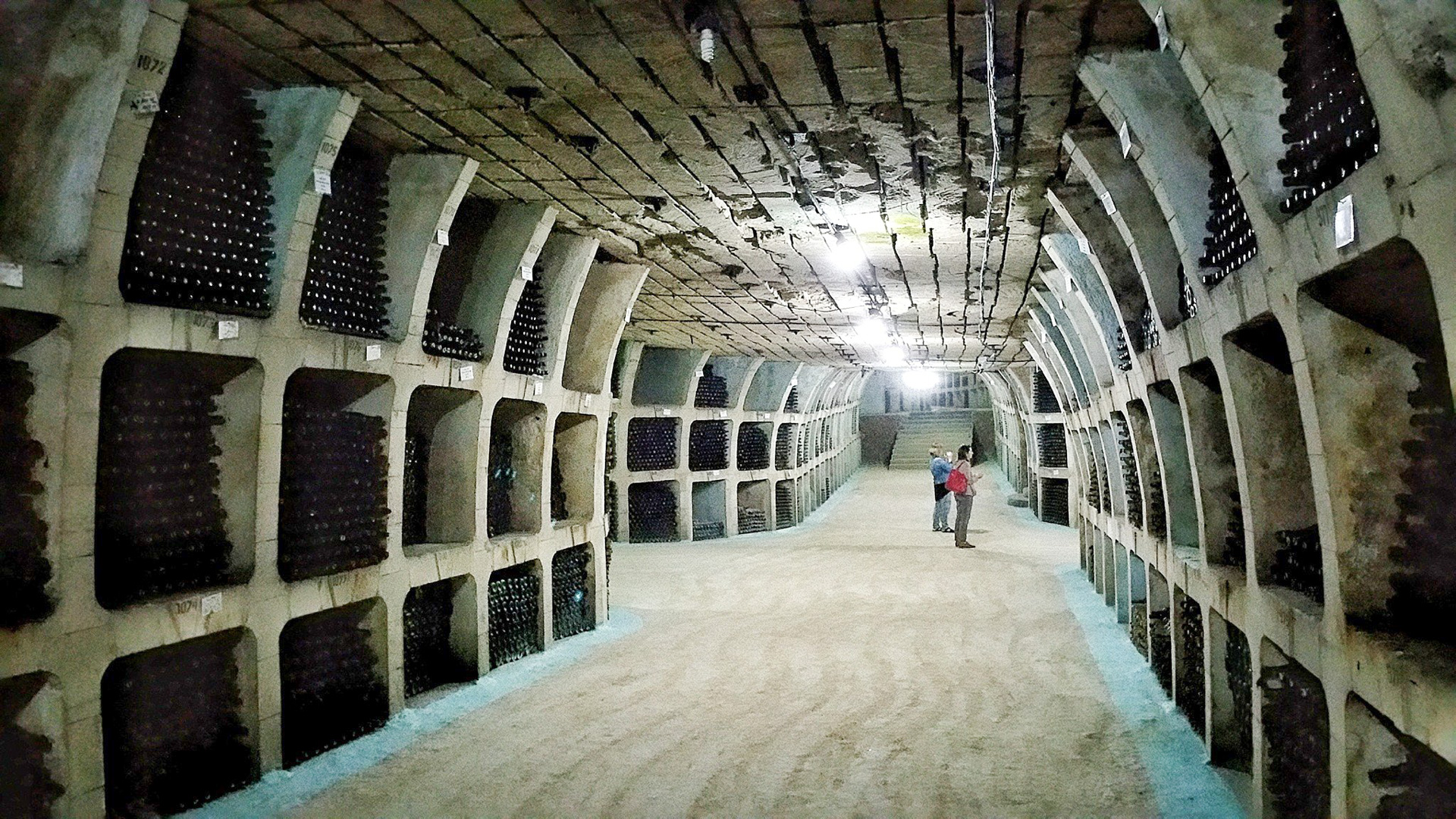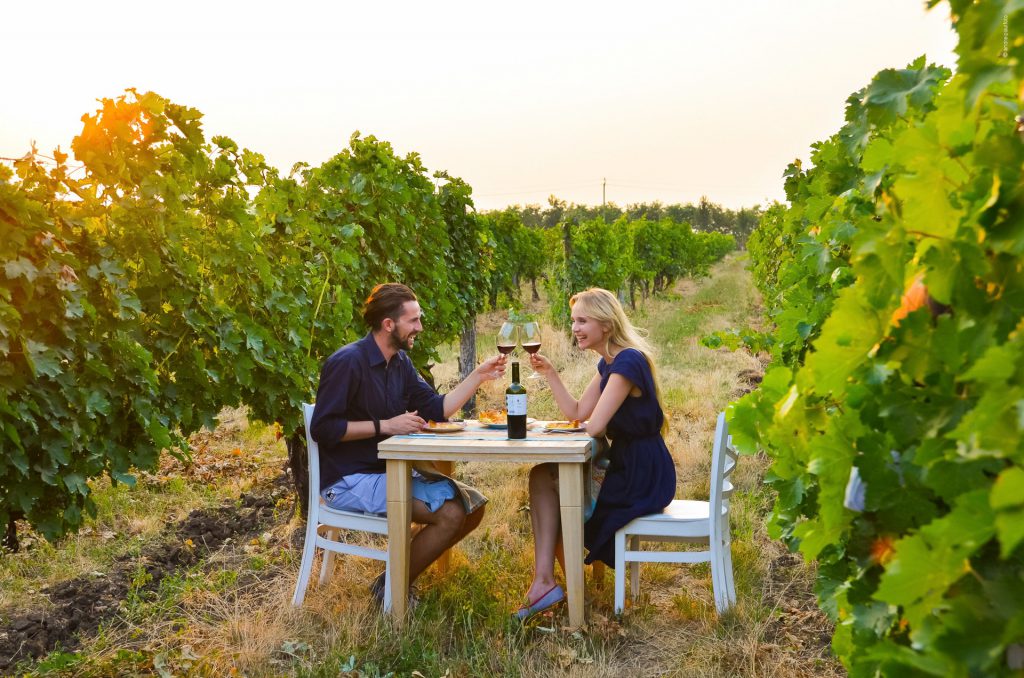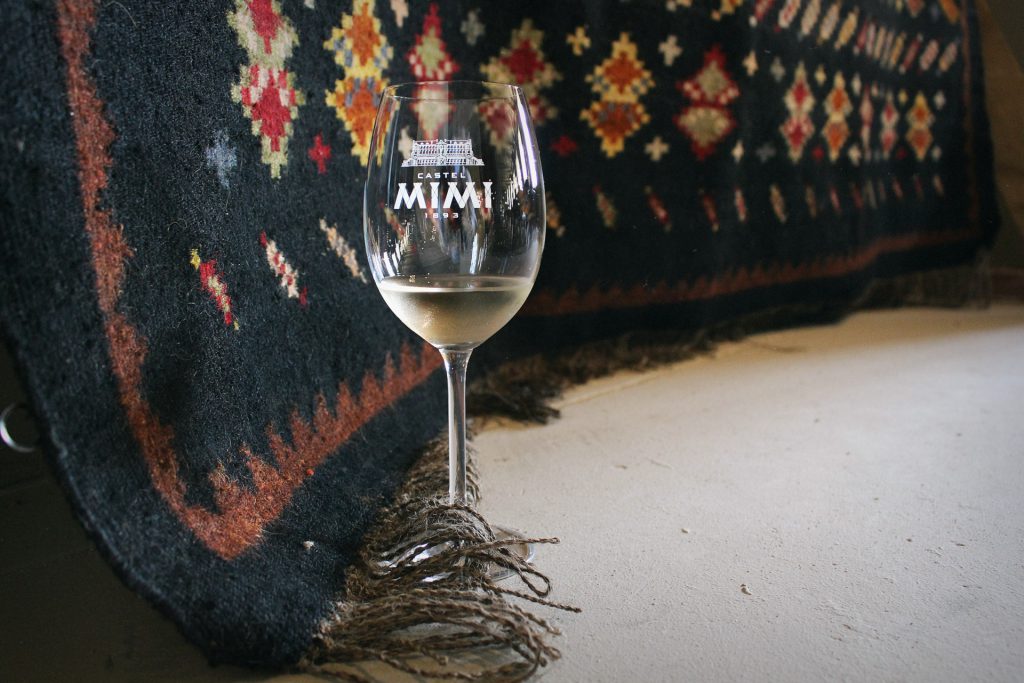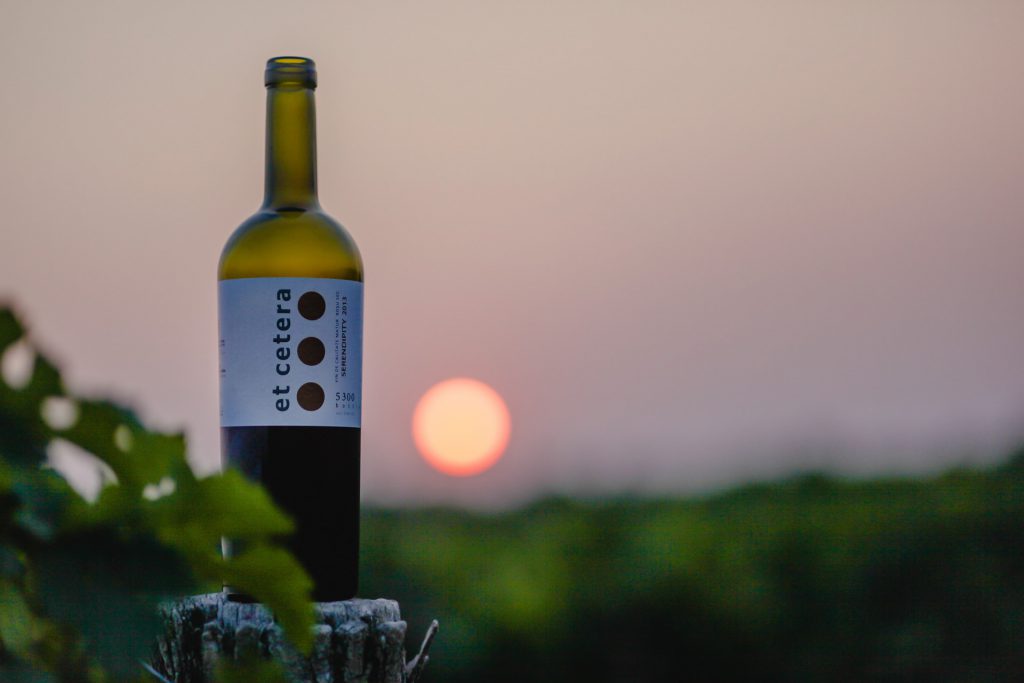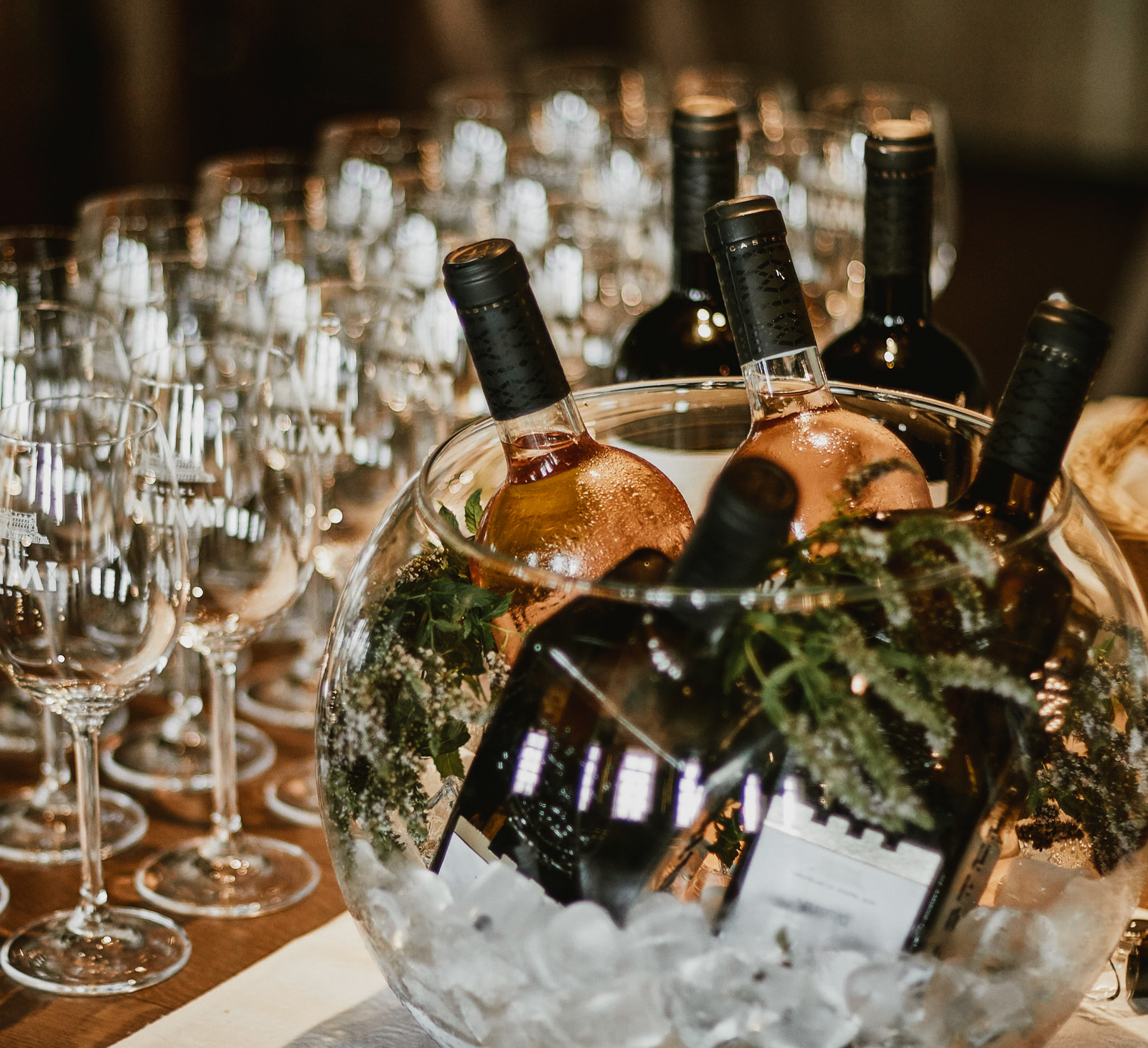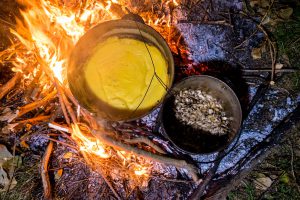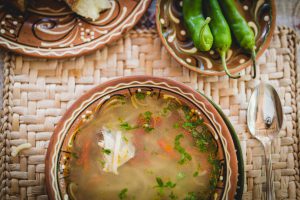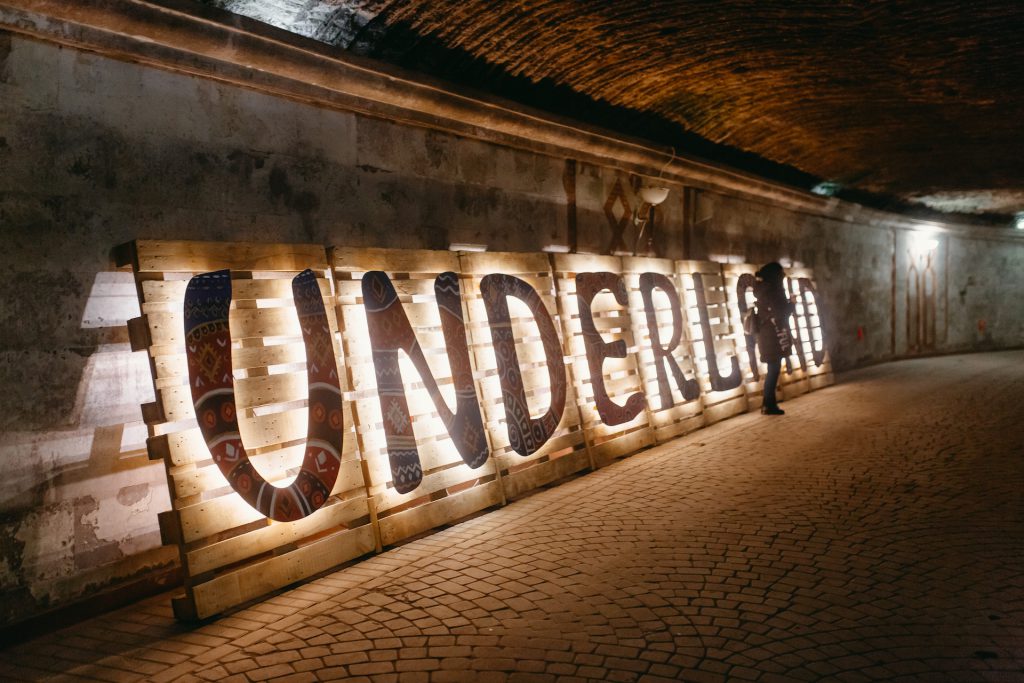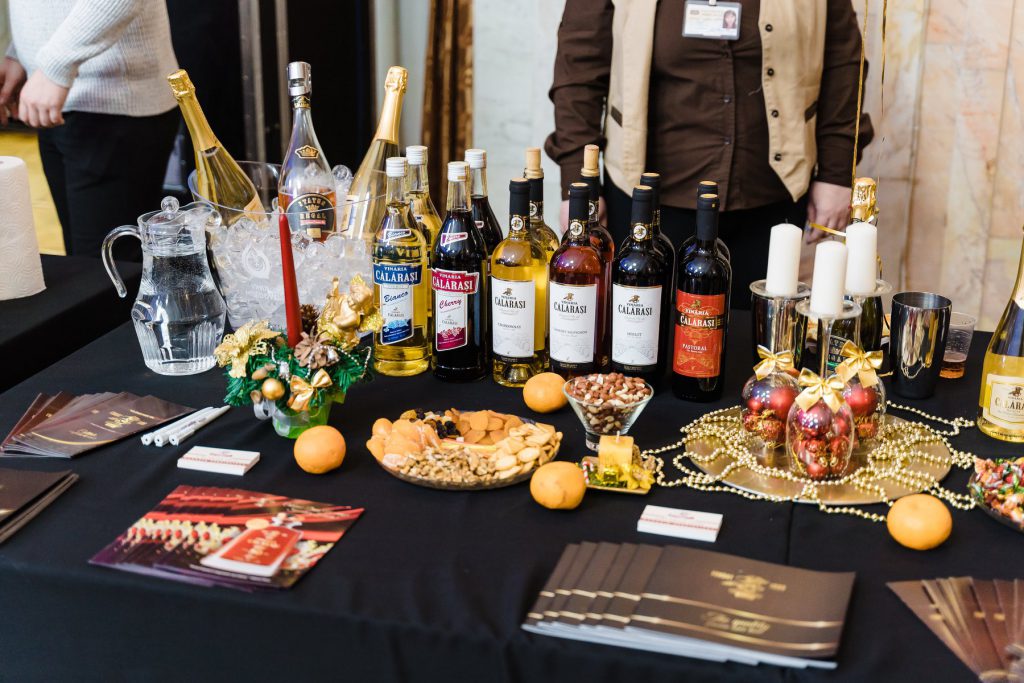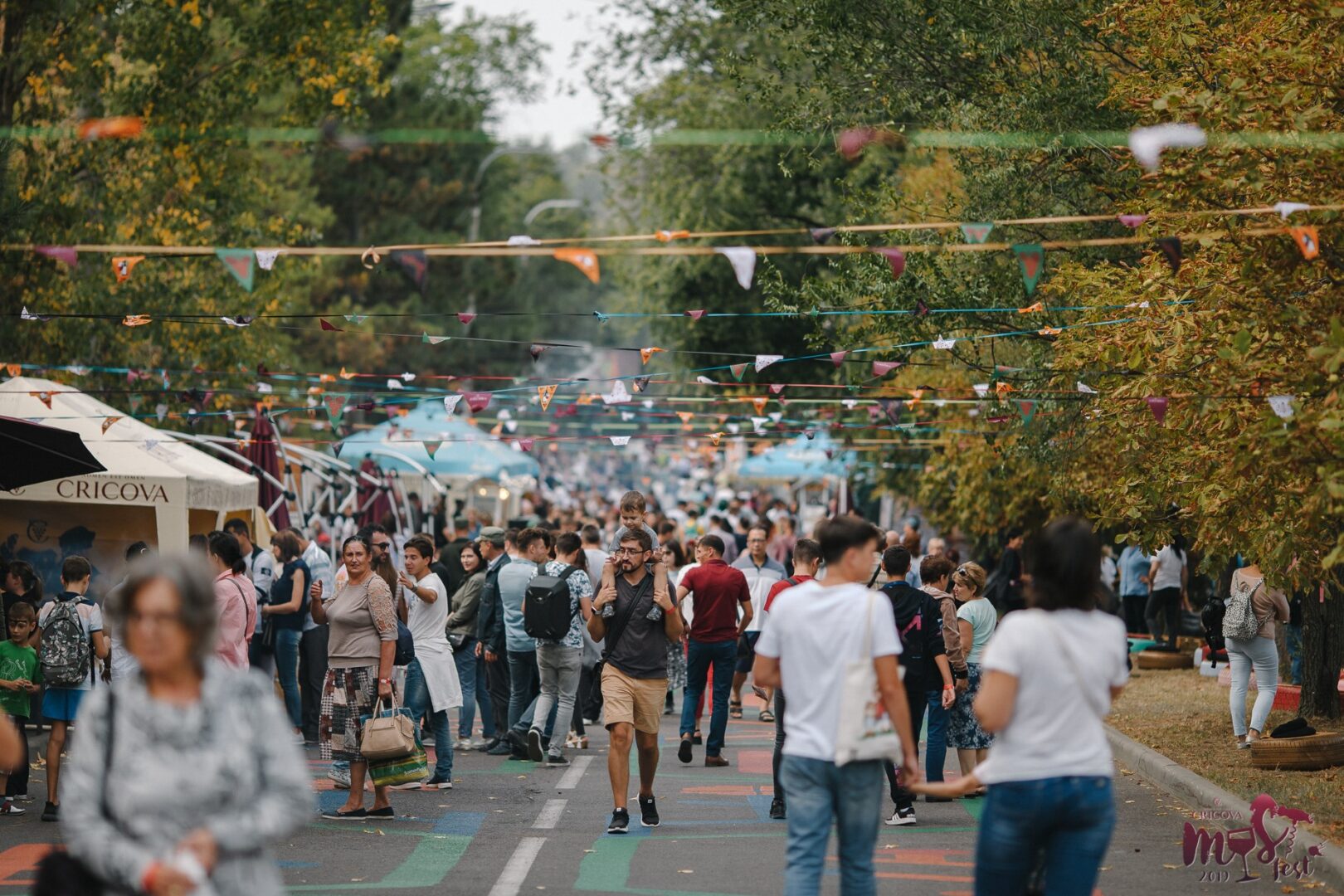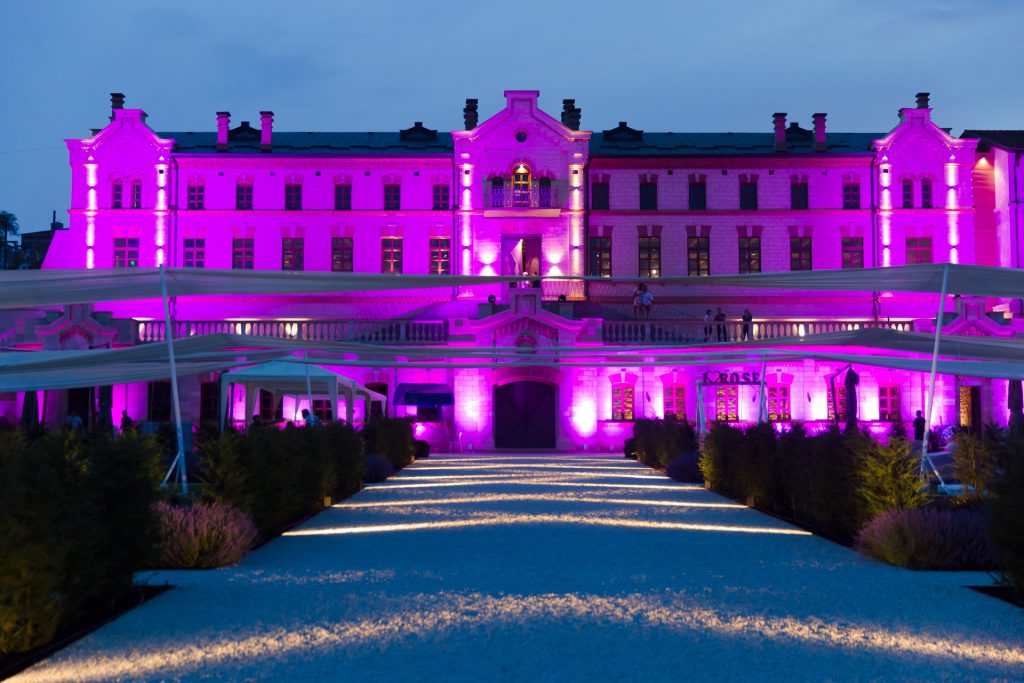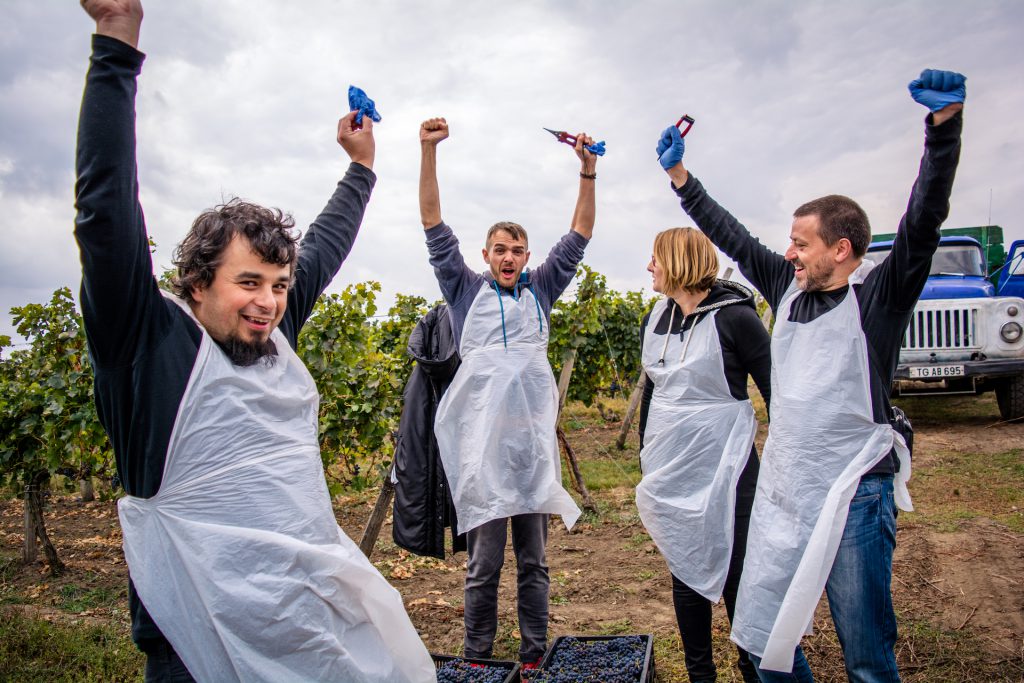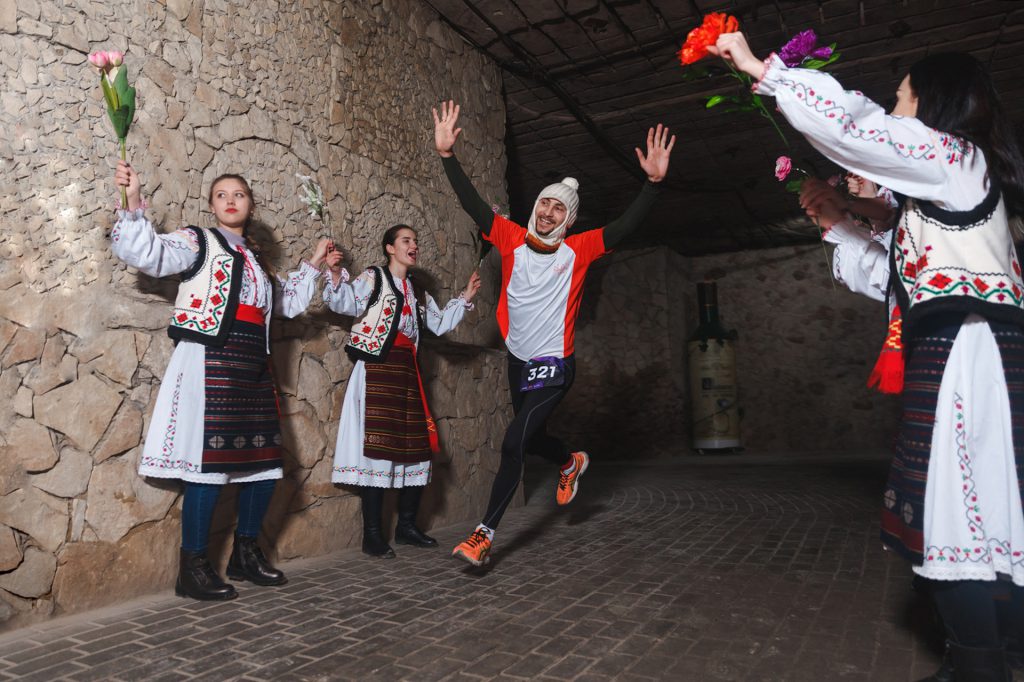Moldova’s wine-making tradition is one of the world’s oldest, dating back 7,000 years to the Neolithic era’s Cucuteni-Trypillian civilization according to archaeological discoveries. And Moldova has drawn on its long viticulture tradition to become one of today’s top producers of outstanding vintages with Moldovan wines winning hundreds of international awards. In fact, the Best Red Wine in the World from the 2022 Concours Mondial de Bruxelles came from Moldova and the largest collection of wine in the world is in a Moldovan wine cellar.
Throughout the centuries, grapes and wine have become an indispensable part of Moldovan culture, traditions and cuisine. They are also interwoven into Moldovan folklore, myths and legends. It’s almost impossible to exaggerate the role that wine plays in Moldova’s cultural life. Yes, Moldovan wine culture runs deep and Moldovans love to share it with visitors.
Although many people still don’t know much about our wines, tasting Moldovan wine and visiting our wineries are sure to be a highlight of your visit to Moldova.
